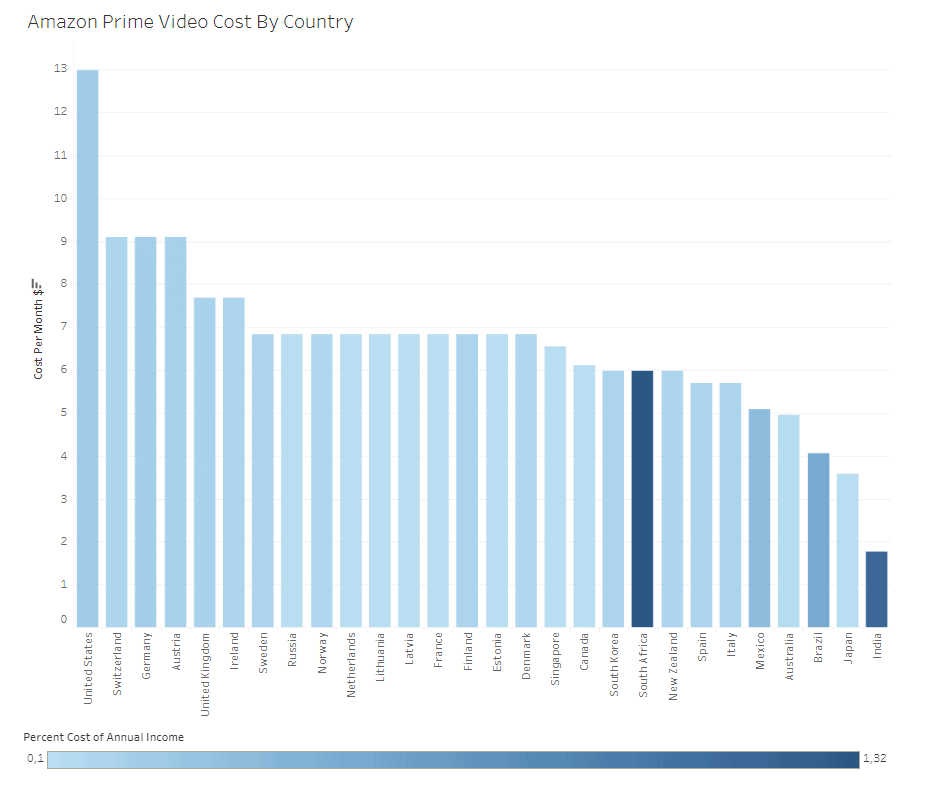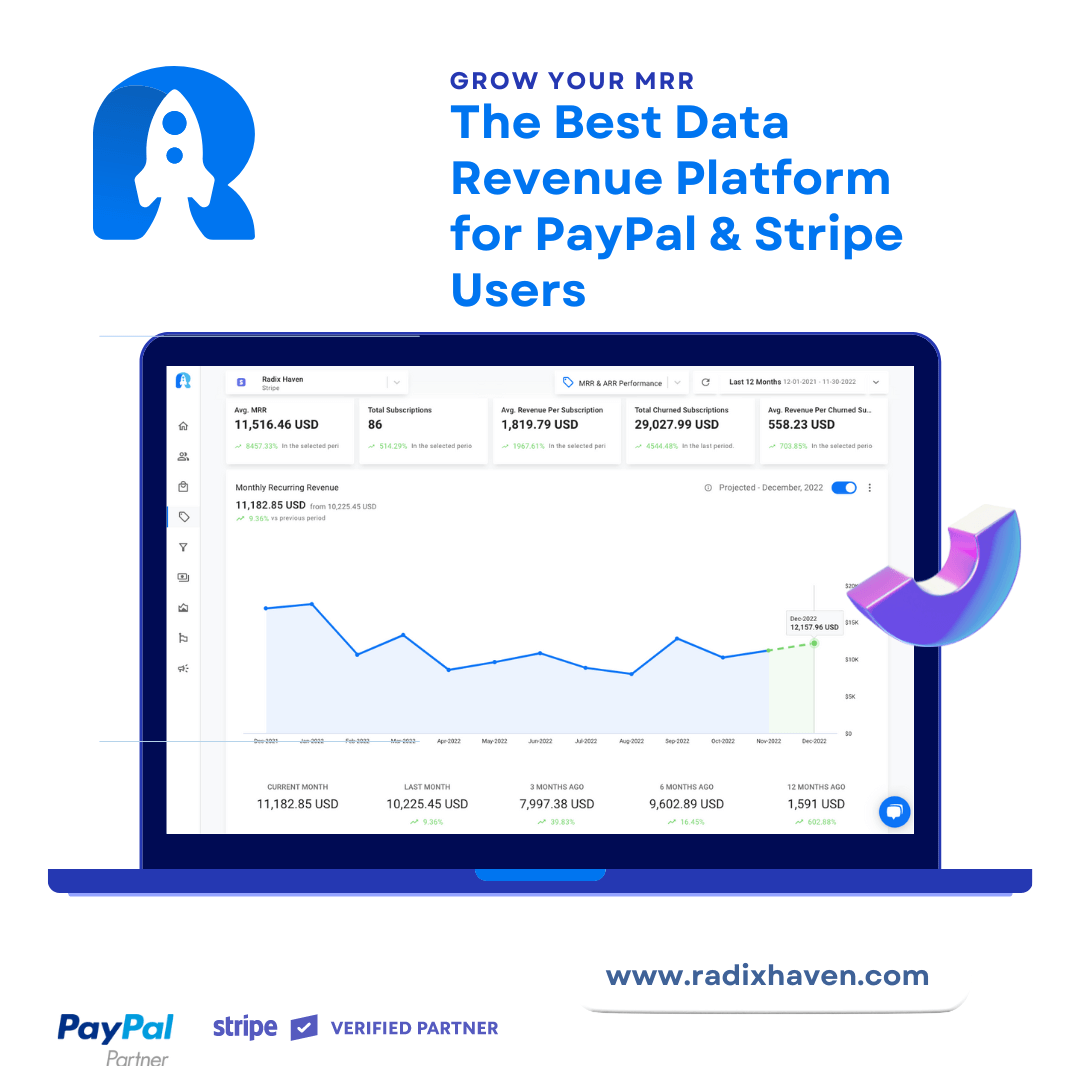Do you charge the same amount in all countries? Even though it may seem like it, no. Software as a Service Pricing is a complex subject due to differences in currencies, taxes, and local competition. For example, if you’re selling Social Media software, how much do you charge someone in Australia compared to the United Kingdom or the U.S.? All of these factors can significantly change your pricing model. In this article, I’d like to share some ideas around international pricing localization and explain why it’s relevant to recognize your customers’ mentality.
Pricing localization is a practice often used by Software as a Service companies whereby the pricing for a digital product or service is modified, based on the region where the end-user is located. The goal of pricing localization is to increase the conversion rate (aka sales) from a target market. When you do it effectively, this strategy can help you define and grow your target market.
Here Are Some Of The Advantages Of Software as a Service Pricing Localization That You May Want To Consider:
- When potential customers view your price page and see their local currency, they may feel more comfortable.
- Pricing optimization for different countries might help you increase your market share in an area.
- Experimenting with localized pricing allows you to discover the best strategy for each country while increasing income.
There Are Different Types Of Price Localization
When it comes to price localization, there are two ways of doing it. Each of them has its pros and cons.
1) Cosmetic Localization
Cosmetic localization is localization that applies only to the interface of a website or software product. It refers to text updates only and does not affect the core aspects of the product. This type of localization is mainly aimed at improving user experience and increasing its sales.
Incorporating the localization strategy into a pricing page design is critical.
The pricing page’s job is to close deals faster and increase conversion rate, which means that localizing benefits and features into a customer’s language has to be in sync with the page layout.
Localization can be achieved through various means: by using right-to-left/left-to-right buttons, as well as by using images instead of text.
Having local pricing, for instance, allows potential clients to see the cost in their budget without having to do mental calculations for the exchange rate.


2) True Localization
This is more strategic than a simple currency shift. Instead, you may have “true” localization by tailoring your price to your customers’ cost of living and purchasing power.
- Higher cost of living = prices that are comparable or equivalent.
- Lower cost of living = Lower prices
While personalizing your Software as a Service price depending on the cost of living requires more work than simply changing the display currency, it may be the best option for some countries. True price localization provides you a more accessible alternative if you wish to grow into areas with extremely different economics than your own (whether they have more or less purchasing power). If you’re the only one doing it, pricing localization may even provide you with a competitive advantage.

When should you utilize localized Software as a Service Pricing?
- If you have (or wish to have) a worldwide audience.
- When a country or region’s conversion rates are much lower.
- If pricing is an important factor in your positioning.
Radix can assist you in better understanding your clients and where they come from, as well as answering questions such as: Which areas or nationalities have the greatest Average Revenue Per Account? What country churns the most? Etc
What to Expect When You Start Pricing in Multiple Currencies
Pricing is hard enough on its own, but when you add multiple currencies into the mix things can get pretty complex.
There will have to be a great understanding between the areas of the company.
- Finance Department: When changing to localized pricing, your financial managers will most likely have the most changes to make. While you will continue to conduct your accounting in your own currency, invoices and usual payments will differ amongst customers.
- Marketing Department: Questions concerning the influence of pricing on your positioning will very certainly be directed to the marketing team. They will need to conduct research on the market you wish to enter (or optimize) and understand how price influences decisions.
- Product Development Department: If your website currently looks the same no matter where you browse it, you’ll need to make some changes to the price page.
- Sales Department: They must keep an eye on the changing MRR and track different currencies from different countries.
You Can Manage World-Wide Subscriptions With Radix
Radix makes it simple to track worldwide subscriptions. Our subscription analytics tool assists you in measuring, understanding, and growing your recurring revenue.
Create Your Free Account Here!

Read More:
A Quick Look into SaaS Compliance
Growth Hacking: 7 tips for SaaS Business to Scale Up
Best Practices to Improve SaaS Onboarding
How to Effectively Convert Free Trial Users into Paying Customers in SaaS?





